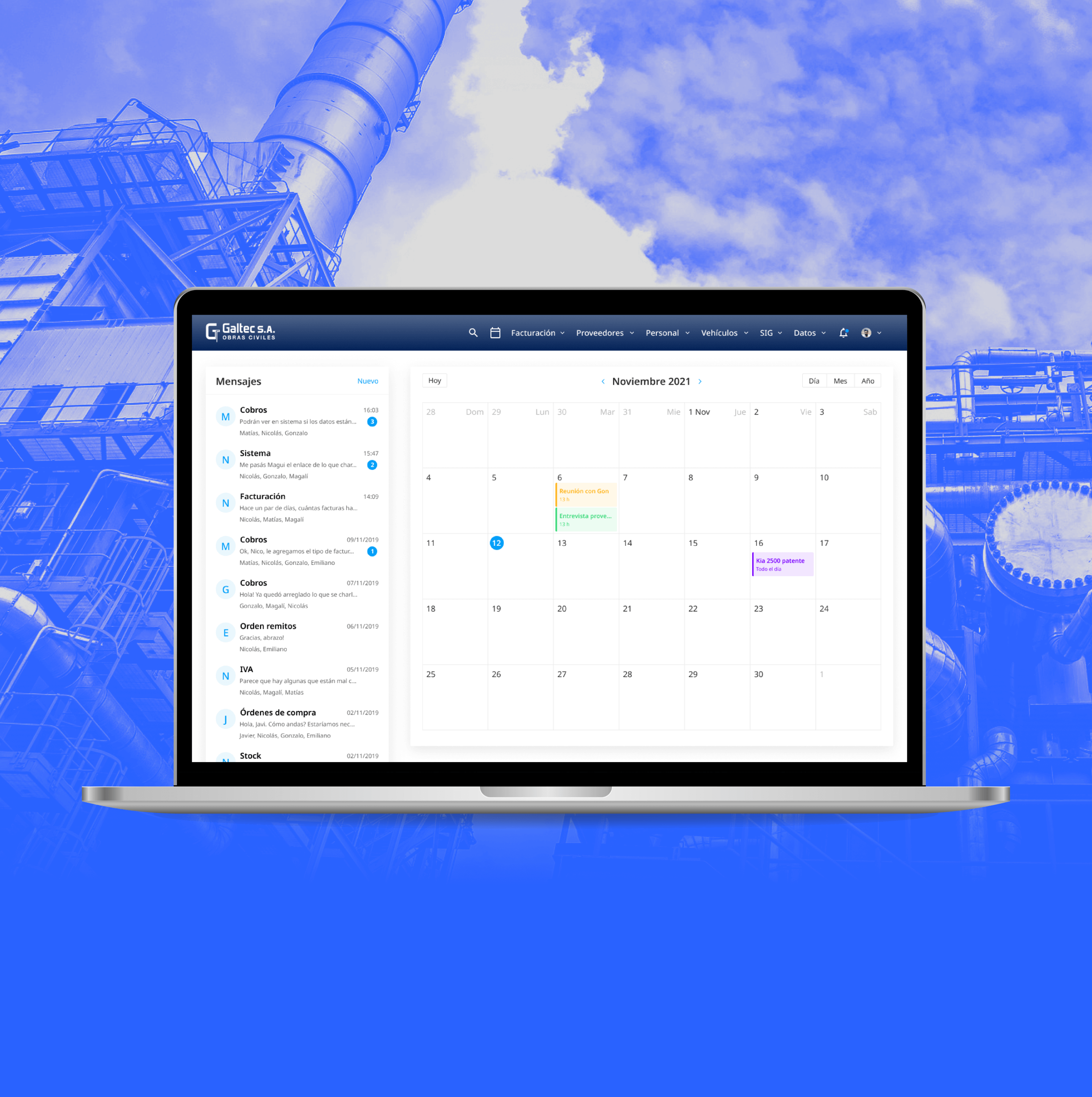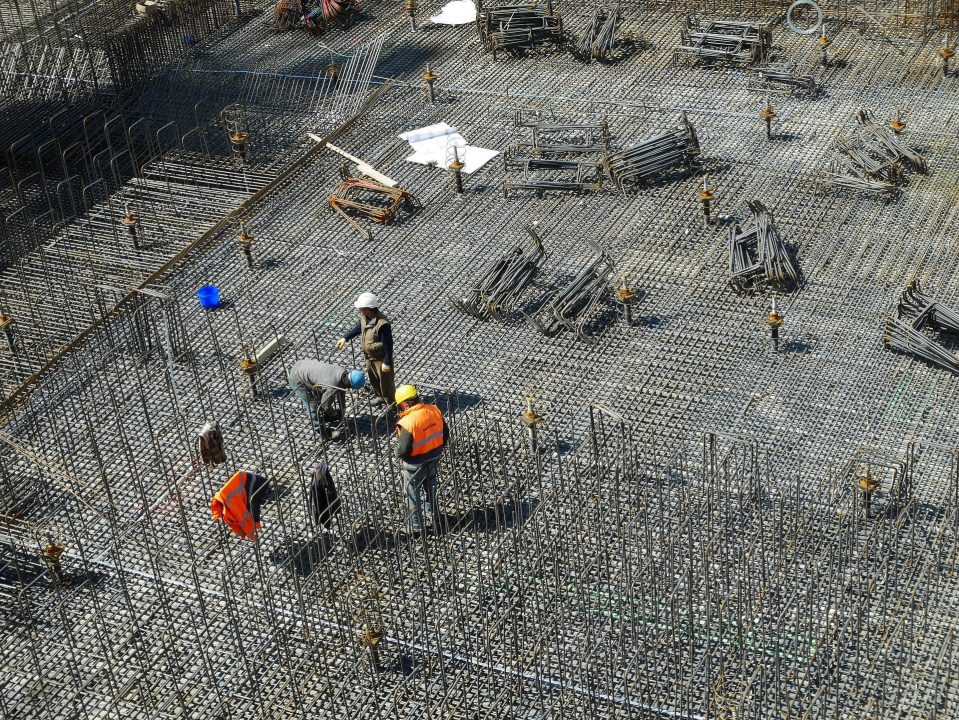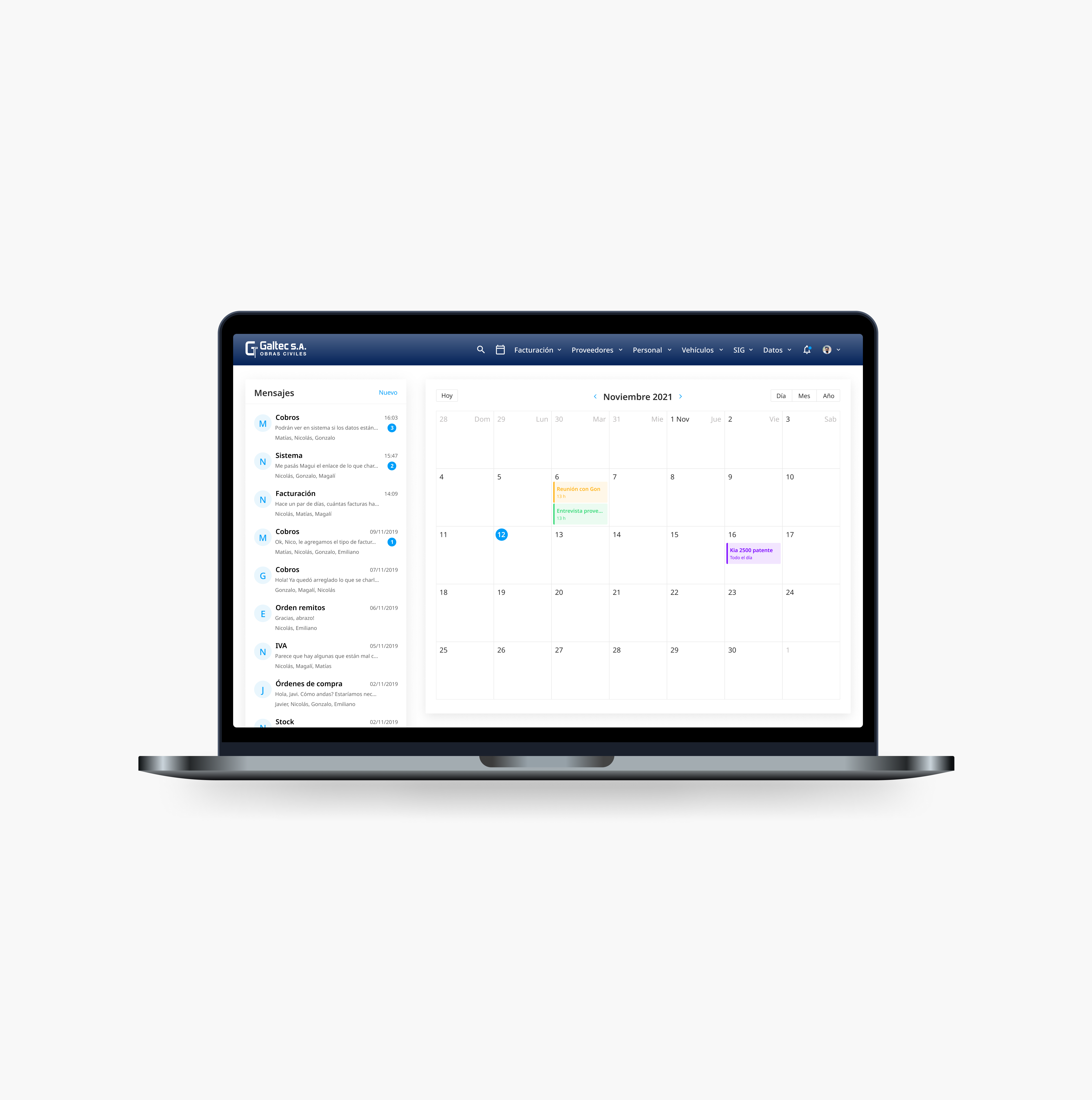Experiences
The one to manage +180 distributed employees
Web app
Centralized web ERP for a construction company that improved efficiency by about 30%, cut costs, reduced material delivery times, and supported decisions with data.


Too many protocols, too many departments
The client had +180 employees working on three different projects at the same time, all within an oil refinery. Because of the location, there were very strict security standards, so they needed to keep a very high level of organization and documentation.
Also, there were too many stakeholders, each one with a different issue. HHRR wanted to do the payroll, ensure clothing delivery, and monitor the expiration of personal work permits. Finances wanted to improve how to deal with providers and payments so all the required materials were just on time. Stock management wanted to keep track of all the material and have real-time access to order deliveries to reduce delays. C-levels wanted to get reports to make better decisions.
Learn, Validate, Iterate
We worked next to each stakeholder to understand how they were solving their problems and how that could be improved. Then we design prototypes to quickly validate before writing any line of code. This took a bit more time, but allow us to be sure we were solving real problems the right way. We created high-level wireframes for each screen and tested them with each department.
The app includes dozens of modules, such as:
> bank reconciliation and automated cashflow reports
> financial control, with integrations to calculate withholding with the local IRS
> suppliers payments schedule
> people, vehicles, equipment, and materials’ management
> internal messaging platform
> calendar and notifications
> reports, breakdown in charts with custom filters


Success!
After that, we split our work into sprints and started designing and coding each module. This way we could work into autonomous modules and start providing value immediately to each department.
The company managed to increase its efficiency by approximately 30%, generating savings in purchases and reducing delivery times for materials, lowering the rate of expired authorizations, and making better decisions based on the expected income/expenditure reports.